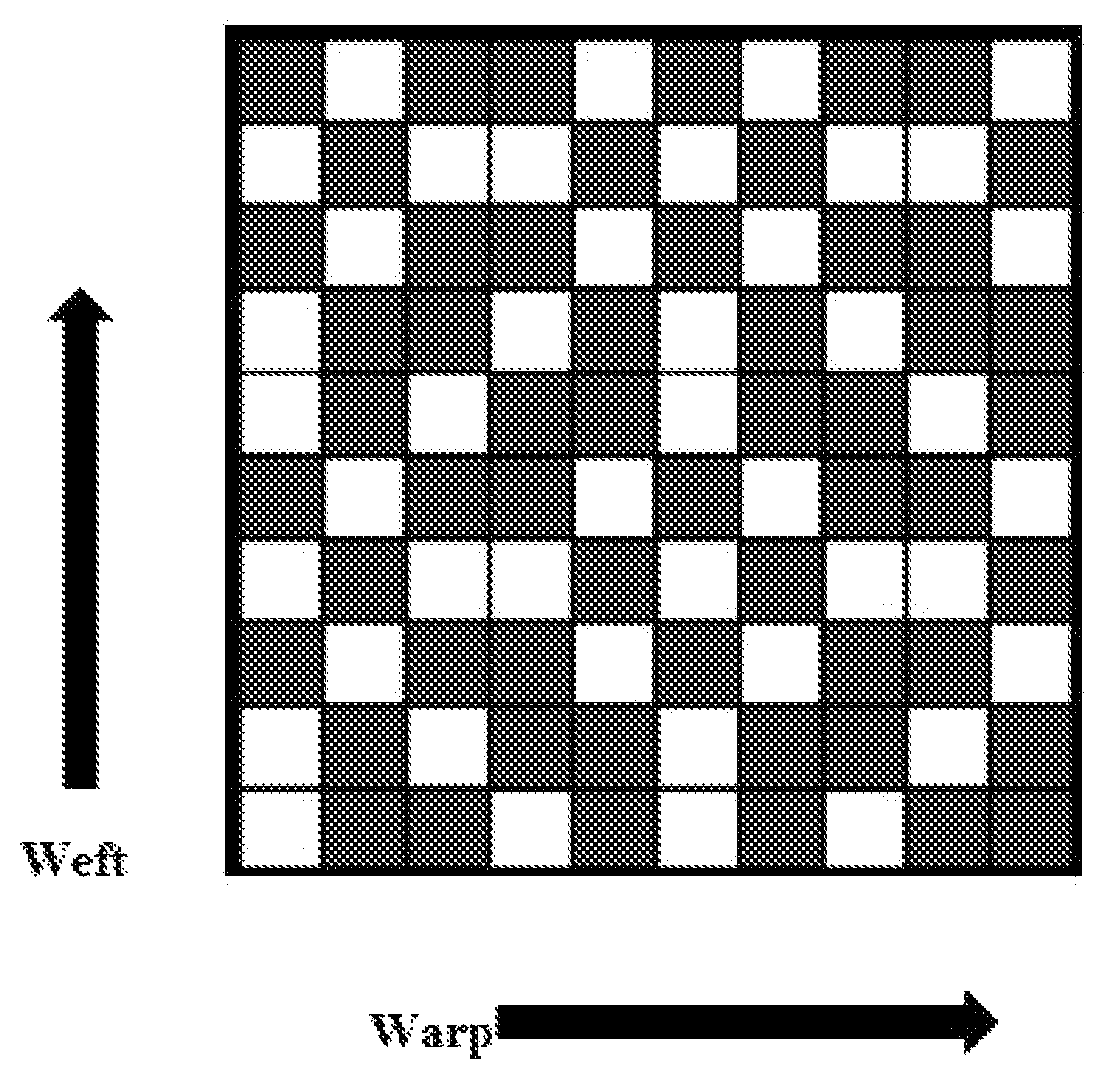Wearable light weight protective apparel
a technology of protective clothing and fabric, applied in protective fabrics, weaving, woven fabrics, etc., can solve the problems of easy breakage of fabric or garment/apparel, increased wear, and exposure of the surface or wearer to incident energy, and achieve the effect of resisting breakag
- Summary
- Abstract
- Description
- Claims
- Application Information
AI Technical Summary
Benefits of technology
Problems solved by technology
Method used
Image
Examples
example 1
[0041]The light weight fabric was manufactured with the process as claimed and disclosed in the specification. The light weight fabric had 50% of Rayon as the flame retardant viscose fiber by weight of total weight of the fabric, 33% of a meta aramid fibers by total weight of the fabric, 5% of para aramid fibers by weight total weight of the fabric, 10% Nylon 66 from by weight of total weight of the fabric, and 2% of antistatic fibers from by weight of total weight of the fabric. The light weight fabric had weight 150 GSM and yarn count 2 / 40 sNe.
[0042]The light weight fabric of above composition was tested. The testing process included the following steps: the fabric was pulled taut and loaded onto lower plates of a Martindale machine. In this machine, small discs of abradant such as worsted wool or a wire mesh and the like continually rubbed against the test specimens in an oscillating circle with a load of approximately 12 kpa based on fabric weight (grams per square meter (gsm))....
PUM
| Property | Measurement | Unit |
|---|---|---|
| length | aaaaa | aaaaa |
| diameter | aaaaa | aaaaa |
| length | aaaaa | aaaaa |
Abstract
Description
Claims
Application Information
 Login to View More
Login to View More - R&D
- Intellectual Property
- Life Sciences
- Materials
- Tech Scout
- Unparalleled Data Quality
- Higher Quality Content
- 60% Fewer Hallucinations
Browse by: Latest US Patents, China's latest patents, Technical Efficacy Thesaurus, Application Domain, Technology Topic, Popular Technical Reports.
© 2025 PatSnap. All rights reserved.Legal|Privacy policy|Modern Slavery Act Transparency Statement|Sitemap|About US| Contact US: help@patsnap.com

